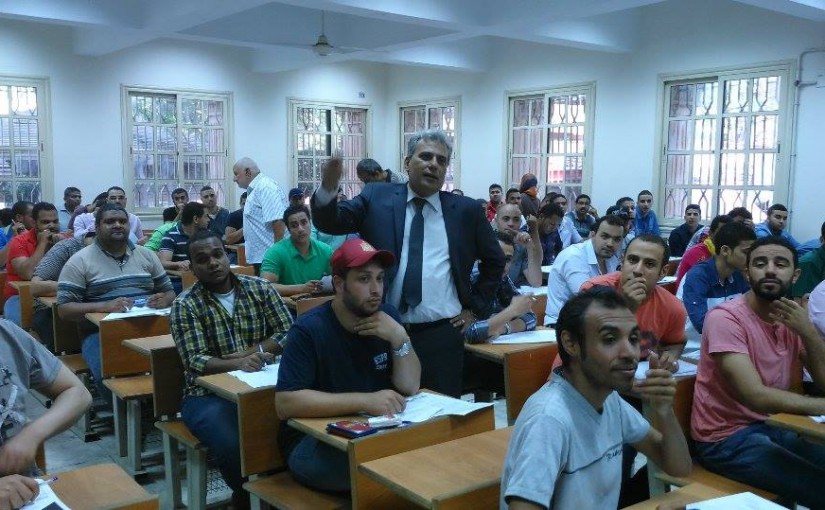In education, summative assessments are used to measure and evaluate student learning, test skill levels and grade academic achievement after defined periods of instruction and teaching. These tests, assessments, exams, projects, assignments or other types of assessments are a key metric to resolve whether students have learned what was taught during said period. The achievement of summative assessments are represented as scores or grades. Standardized tests (like SATs, ACT’s etc.) and advanced placement tests are used to ensure that merit is equal and that the students are on par with academic standards.
How is this done?
Summative assessments are created in common formats like Multiple Choice, True/False, Matching, Essay, Short Answer Questions, Fill In the Blanks and the like.
Frequency of testing:
Typically, these are conducted at the end of a unit, module, course, week, semester, term, program, project or year. The periodic nature of summative assessments is used to measure the student achievement at a point in time for reporting and accountability and to maximize learning through formalized standard tests. With this process, we come to the question
How effective is this method?
Summative assessments have been in place for a long time and they are the key indicator of any student’s achievement, rank, score and success. Schools, universities and even large enterprises use these to test the capabilities of examinees. Is this all that you need to tell how good a student is?
Are They Enough?
As good and as time tested as summative assessments are, there seems to be missing something with this mode of assessments. With summative assessments, students are much less likely to be creative and experimental with ideas and concepts. A formalized structure means that they will prefer to play it safe and not allow their thinking to go beyond the scope of the questions that they have to answer in order to get the grades that they desire. From an assessor’s point of view, whether a teacher, professor or a trainer, you have to think that 5 exams over the course of 5 months are not enough to perceive a student’s actual knowledge and skill level. It will get the basic understanding across and how the student performs on the test will show how prepared they were for that test.
But, a big gap in the learning process is lost in the actual understanding of the student. Will this student be able to apply the presented knowledge on the test in real life? Will the student be able to build, create and re-imagine the scope of knowledge? It seems unlikely that these can be answered by tests and exams once every month or more. What needs to happen is an ongoing progression of knowledge.
The questions being asked shouldn’t be “How good is my student at writing a ‘for loop’?” The question should be along the lines of “How will my student use a ‘for loop’ to engineer a solution through it? What we need is data and actionable data at that. We need formative, summative, diagnostic assessments and everything in between. We need constant analytics that can show us where exactly a student needs work and where their strengths and weaknesses lie, where their efforts can be focused and where their skills and creativity can be encouraged.
We believe that SwiftAssess can answer all these questions.
How?
SwiftAssess was developed and built by educators and teachers at GamaLearn. It is an assessment authoring, delivery, and management platform. All the elements including 24/7 real time analytics, 360° view of student performances, continuous feedback and improvement and skill specific questions make this the ultimate assessment tool. This brings all the dimensions of student performance to the attention of the assessors with strengths, weaknesses and all metrics to truly assess students’ knowledge and skills.
Until next time,
Team SwiftAssess
Share this post

